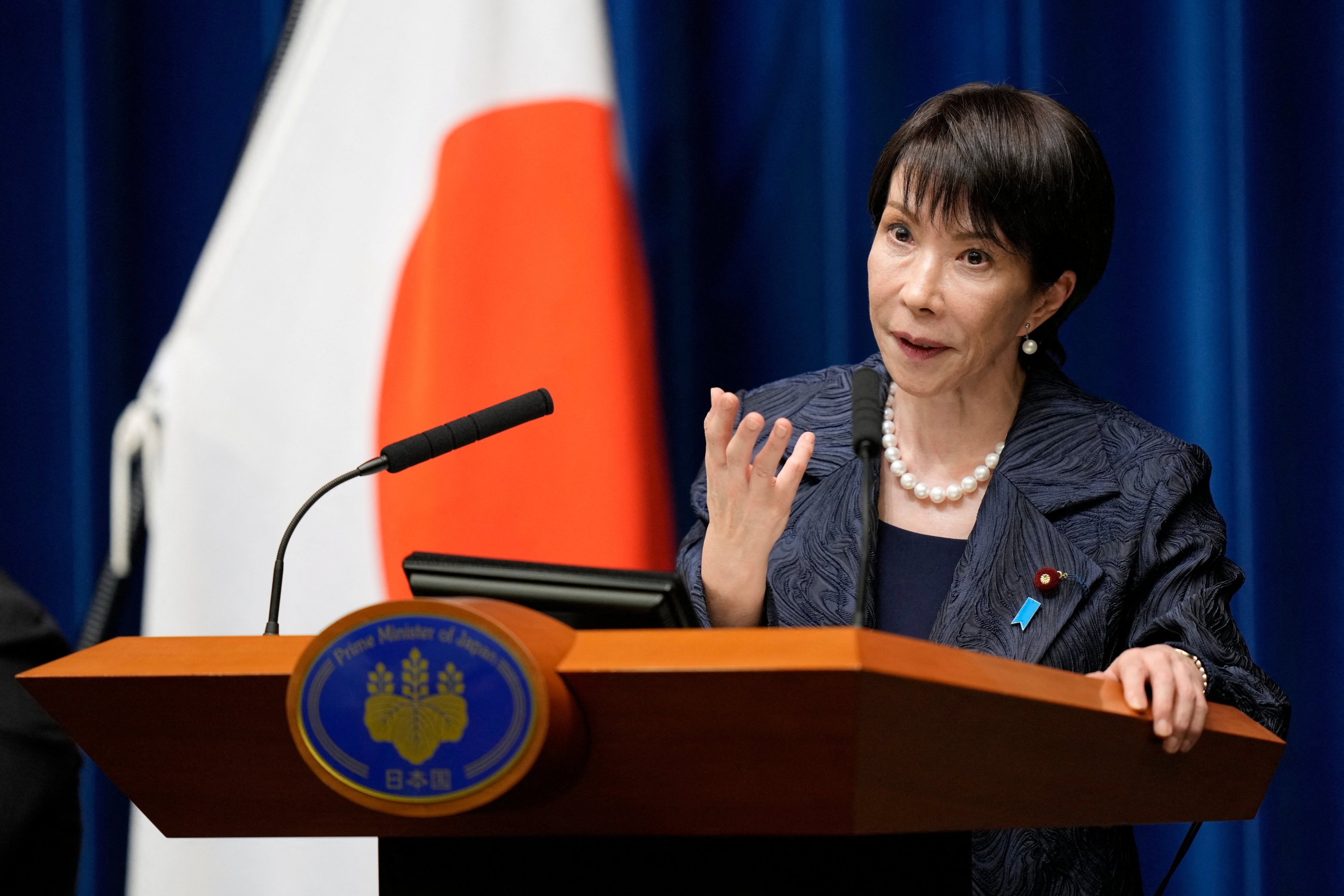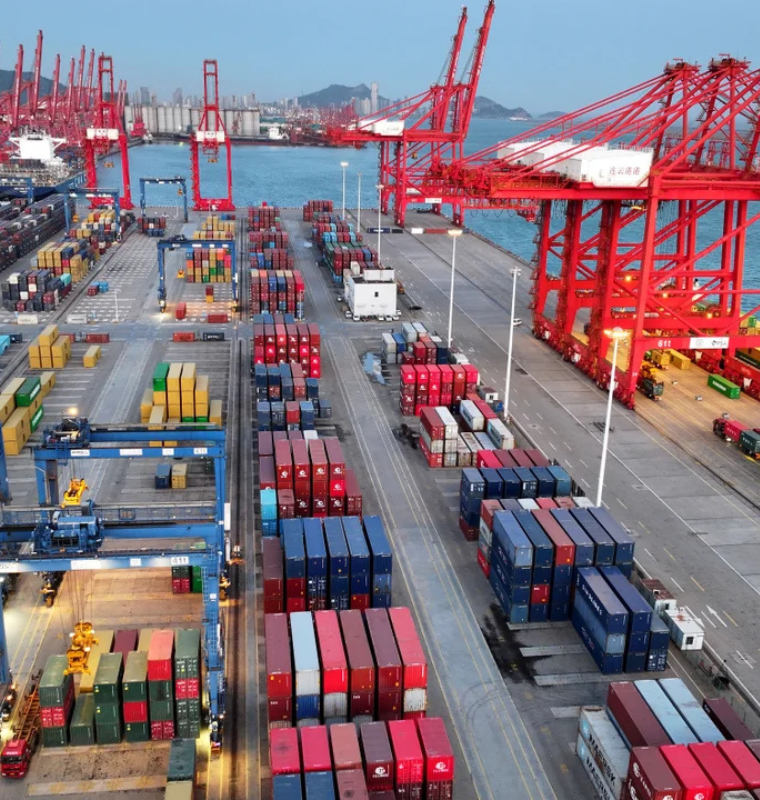Japan Unveils Ambitious 21 Trillion Yen Stimulus to Revive Growth and Protect Households
Japan Unveils Ambitious 21 Trillion Yen Stimulus to Revive Growth and Protect Households
By
Calder Monroe
Last updated:
November 21, 2025
First Published:
November 21, 2025

Japan’s Largest Stimulus Since the Pandemic
Japan has approved a comprehensive 21.3 trillion yen (about 135.5 billion dollars) stimulus package designed to stabilize an economy struggling under persistent inflation and slowing growth. The plan, announced by Prime Minister Sanae Takaichi’s administration, marks the most aggressive fiscal support since the Covid-19 era and aims to shield households from rising costs while laying the groundwork for a more resilient national economy.
The package focuses on three broad objectives: easing the impact of rising prices, building a more durable and competitive economic foundation, and expanding Japan’s defense and diplomatic capabilities. According to local reports, these pillars were shaped after months of concerns over household purchasing power and Japan’s ability to counter global economic and security challenges.
Direct Support for Consumers and Local Governments
A major feature of the plan is targeted financial support for households facing rising utility and fuel costs. Starting in January, the government will introduce new subsidies for electricity and gas bills—providing approximately 7,000 yen in total relief for a typical home over a three-month period. The administration will also eliminate gasoline taxes temporarily, aiming to ease transport and logistics expenses that have climbed steadily throughout the year.
Local governments will receive expanded grants to support their own community-level programs. These include energy-cost relief, infrastructure maintenance, and emergency assistance programs that have been under pressure as inflation erodes local budgets. Officials said this decentralised approach will allow regional governments to respond quickly to specific local needs.
Strengthening National Defense and Industrial Competitiveness
Beyond immediate consumer relief, the package includes strategic long-term investments. Japan plans to establish a 10-year fund dedicated to modernising and expanding the country’s shipbuilding sector—an industry vital for both commercial and defense purposes. This initiative aligns with Japan’s commitment to raise defense spending to 2 percent of GDP by fiscal year 2027, a significant increase meant to reinforce national security amid growing regional tensions.
The government also intends to fast-track a supplementary budget to finance the stimulus. Leaders expect to secure passage by the end of the year with support from the Japan Innovation Party, which is currently aligned with the ruling Liberal Democratic Party. Combined, both parties hold 231 seats—two short of a majority in the 465-seat Lower House—yet analysts expect smooth approval due to the national urgency surrounding economic conditions.
Inflation Pressures and a Weakening Economy
The rollout comes at a time when Japan’s economy is facing a rare overlap of rising prices and slowing output. Headline inflation climbed to 3 percent in October, marking the 43rd consecutive month above the Bank of Japan’s 2 percent target. Core inflation, which excludes fresh food, also registered 3 percent. Policymakers worry that the weak yen—hovering near multi-decade lows—could continue to elevate import prices and intensify cost pressures across the economy.
Bank of Japan Governor Kazuo Ueda cautioned lawmakers that the currency’s slide could alter inflation trends more sharply than projected. Meanwhile, Finance Minister Satsuki Katayama signaled heightened concern over rapid currency fluctuations, hinting that the government may intervene if volatility worsens.
Japan’s GDP contracted 0.4 percent in the July to September quarter compared with the previous period, falling 1.8 percent on an annualized basis—the country’s first economic contraction in six quarters. Businesses and households have faced higher costs without corresponding wage growth, creating what analysts describe as a “fragile moment” for the world’s fourth-largest economy.
Signs of Resilience Amid Global Trade Shifts
Despite broader economic weakness, Japan’s October trade figures offered a modest lift. Exports rose 3.6 percent year over year, outperforming forecasts. Stronger shipments to Asia and Europe compensated for declines in U.S.-bound goods, reflecting shifting global demand patterns. Economists note that trade could continue to provide pockets of support if global supply chains stabilize further in the coming months.
A High-Stakes Bet on Stability and Growth
Japan’s sweeping stimulus package represents a calculated attempt to address immediate pressures while preparing the country for long-term strategic challenges. Whether the measures will succeed in reversing slowing growth while containing inflation remains uncertain, but the scale and breadth of the plan signal a government determined to act decisively during a pivotal economic moment.
Popular articles
Subscribe to unlock premium content
Why Some People Hire Professional Bystanders to Simulate Social Interaction in Public Spaces
.png)
The Rise of Micro-Memorials People Paying to Preserve Tiny Personal Moments in Luxury Miniature Sculptures
.png)
The Market of Paying Strangers to Share Their Most Embarrassing Stories in a Private Setting
.png)
Why Some People Hire Professional Bystanders to Simulate Social Interaction in Public Spaces
.png)
The Rise of Micro-Memorials People Paying to Preserve Tiny Personal Moments in Luxury Miniature Sculptures
.png)
Why Some People Hire Professional Bystanders to Simulate Social Interaction in Public Spaces
.png)








